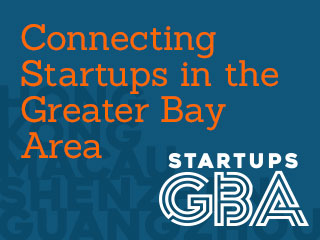Getting to Product-Market Fit
I’m very excited about this guest post and confident that it will be a huge help for anyone struggling to find Product-Market fit. Enjoy! Sean
Guest Post By Patrick Vlaskovits
Sean asked me to write a guest post to help startups achieve Product-Market Fit since he primarily advises startup after they’ve already reached it (during their transition to high growth businesses). Actually getting to Product-Market Fit is an important topic since the vast majority of startups never get there, making it virtually impossible to drive sustainable growth.
I’ve just completed what amounts to a comprehensive study on the topic of getting to Product-Market Fit with Brant Cooper, culminating in our book called The Entrepreneur’s Guide to Customer Development. The most important insights were gained from successful serial entrepreneur, Steve Blank, who encouraged us to write the book as a primer to the first step of Customer Development. Customer Development is the startup framework he codified in his landmark book, The Four Steps to the Epiphany. If you haven’t read the book (you really should), Steve’s many insights are deep, but the core takeaway is that most startups fail not because they don’t manage to develop and deliver a product to the market; they fail because they develop and deliver a product that no customers want or need. The ramifications of this deceptively simple observation are manifold and underpin much of what you will read below. Sean has provided a free survey that should be helpful in validating if you have created a product people want or need.
This is a good read if you are starting a business or are trying to find how to grow it further.




